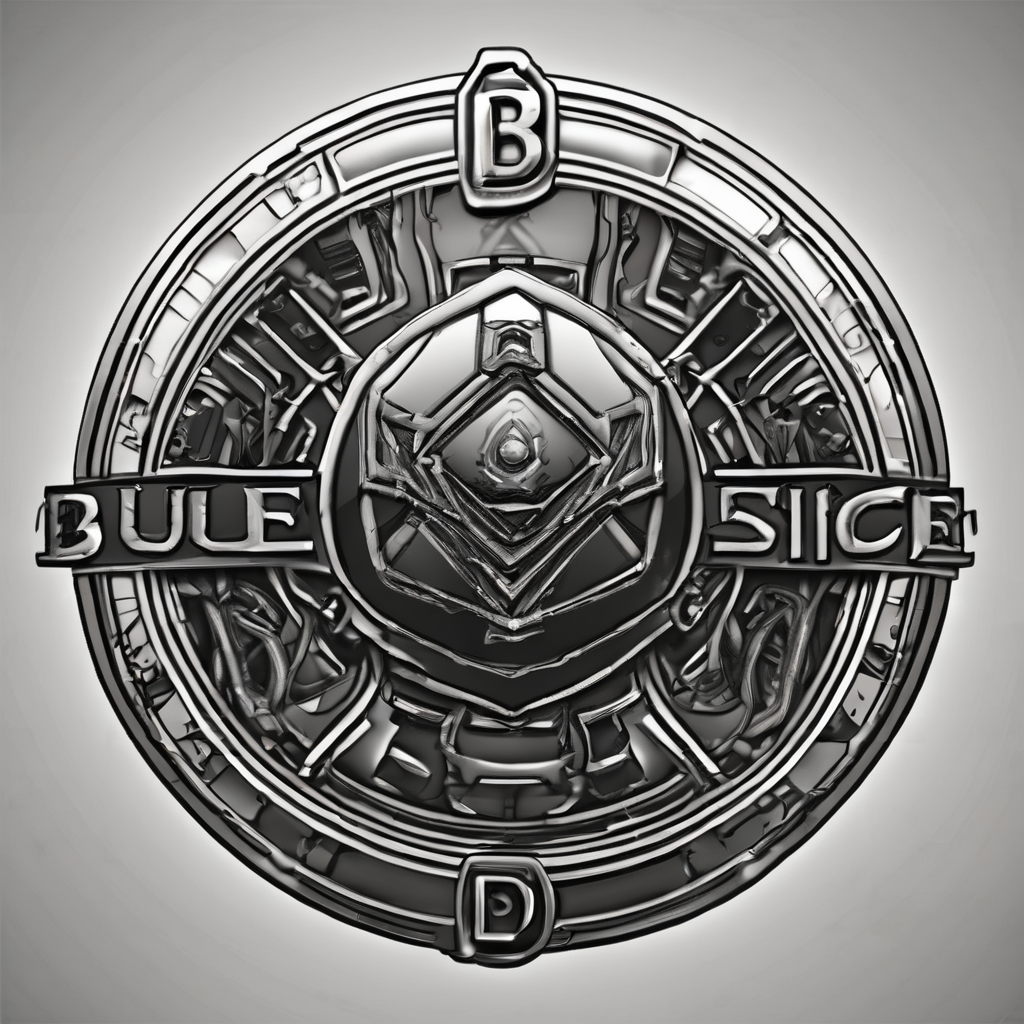The gaming industry is continuously evolving, making user experience paramount in today’s interactive world. One of the most recent advancements that have transformed the way players interact within gaming environments is the introduction of in-game marketplaces. These spaces provide a platform for users to buy, sell and trade virtual goods and services, enhancing the overall gaming experience. However, for these marketplaces to be effective and user-friendly, certain considerations must be made during the design and development process.
The Importance of a User-Centered Design Approach
In the field of web and game design, a user-centered approach is key in creating an interface that is not only visually appealing but also functional and easy to navigate. This approach places the user’s needs at the forefront of the design process, ensuring that the end product is tailored to provide an optimal user experience.
A découvrir également : How can developers use machine learning to enhance game testing processes?
Understanding your players is the first step in this process. It involves conducting thorough user research to gain insights into the players’ needs, preferences, and behaviors. These insights will guide you in your design decisions, ensuring that your in-game marketplace is intuitive, accessible, and caters to the needs of your players.
Furthermore, adopting a user-centered design approach also means prioritizing usability testing. This involves testing the interface with actual users, gathering their feedback, and making necessary adjustments based on their responses. Remember, what works for one user may not necessarily work for another, hence the need for continuous testing and iteration.
A voir aussi : What are the benefits of real-time ray tracing for creating dynamic shadows in horror games?
The Role of Blockchain and NFTs in In-Game Marketplaces
Another critical consideration for designing user-friendly in-game marketplaces is the integration of blockchain technology and Non-Fungible Tokens (NFTs). Blockchain technology provides an additional layer of security and transparency to these marketplaces, ensuring that transactions are secure, transparent, and tamper-proof.
NFTs, on the other hand, have taken the gaming industry by storm. These unique digital assets can be bought, sold, and traded within the marketplace, providing players with a sense of ownership over their virtual goods. However, their integration into the in-game marketplace should be carefully considered. The interface should be designed to easily facilitate transactions involving NFTs, and players should be provided with clear information on what these tokens are and how they work.
Fostering an Interactive Gaming Community
As developers and designers, creating an engaging environment where players can interact with each other is crucial. An interactive community not only enhances the user experience but also fosters a sense of belonging among players.
There are several ways to foster community within your in-game marketplace. Interactivity can be facilitated through live chat features, which allow players to communicate and negotiate deals with each other. In addition, incorporating social features such as forums and community boards can encourage players to engage in discussions and share their experiences.
Importance of a Seamless Web Interface
The interface of your in-game marketplace plays a significant role in the user experience. A well-designed interface should provide a seamless experience for the player, with easy-to-understand navigations and clear call-to-actions.
It’s important to ensure that your marketplace interface is not only visually appealing but also functional. The players should be able to easily navigate through the marketplace, find the items they are looking for, and make transactions with ease.
Moreover, the interface should be responsive and adaptable to different devices and screen sizes. Considering the growing number of mobile gamers, your marketplace design should offer a seamless experience across all platforms.
Balancing Monetization and Player Satisfaction
While monetization is a key aspect of in-game marketplaces, it is crucial to balance this with player satisfaction. The marketplace should provide value to the players and enhance their gaming experience, rather than solely focusing on generating revenue.
This can be achieved by ensuring that the items and services offered in the marketplace are relevant and add value to the game. It’s also important to consider the pricing strategies for these items and services, making sure that they are fair and reasonable.
Remember, a satisfied player is more likely to make a purchase and engage with the marketplace, which in turn, can lead to increased revenue. Hence, player satisfaction and monetization should go hand in hand when designing a user-friendly in-game marketplace.
In conclusion, designing a user-friendly in-game marketplace involves several considerations, from adopting a user-centered design approach to integrating blockchain technology and NFTs. By taking these factors into account, you can create a marketplace that not only enhances the gaming experience but also meets the needs and preferences of your players.
Advancing Security Measures with Smart Contracts
In the world of web games, security is a paramount concern for players. With the advent of blockchain technology, smart contracts have emerged as a powerful tool to enhance the security and transparency of in-game marketplaces.
A smart contract is a self-executing contract with the terms of the agreement directly written into lines of code. These contracts automatically enforce and execute transactions based on predefined rules, eliminating the need for a middleman or third party. As such, they can facilitate seamless and secure transactions within your in-game marketplace.
In the context of a gaming environment, smart contracts can be used to govern the purchase, sale, and trading of game assets. For instance, when a player purchases an item from the marketplace, a smart contract can automatically enact the transfer of ownership and the corresponding payment transaction.
Moreover, because smart contracts are built on blockchain technology, they are tamper-proof, providing an additional layer of security for your players. The decentralized nature of blockchain further ensures that every transaction is transparent and can be publicly audited, which fosters trust among your users.
Incorporating smart contracts into your marketplace requires careful design consideration. The user interface should be designed in a way that makes the transaction process understandable and user-friendly, even for players who may be new to blockchain technology.
An Insightful Conclusion: Merging Game Development and User Experience
Designing a user-friendly in-game marketplace is a complex process that involves multiple considerations. The game development team needs to focus on the user experience while integrating advanced technologies like blockchain and NFTs. Furthermore, the development process should include a rigorous design procedure that puts the player’s needs and preferences at the forefront.
The game design should also ensure a balance between monetization and player satisfaction. While revenue generation is important, it should never be prioritized over the player’s gaming experience. Offering valuable in-game assets that enhance gameplay and adopting fair pricing strategies can help achieve this balance.
Incorporating advanced security measures such as smart contracts can further enhance the marketplace’s functionality, providing a secure and transparent platform for transactions.
Finally, fostering an engaging and interactive gaming community can significantly enhance the user experience. Offering features like live chat, forums, and community boards can encourage player interaction and create a sense of belonging.
In conclusion, the development game of in-game marketplaces is an intricate process that involves careful planning and execution. However, by focusing on the user experience, integrating advanced technologies, and fostering community engagement, game developers can create a user-friendly interface that not only enhances the gaming experience, but also meets the diverse needs of the players.

